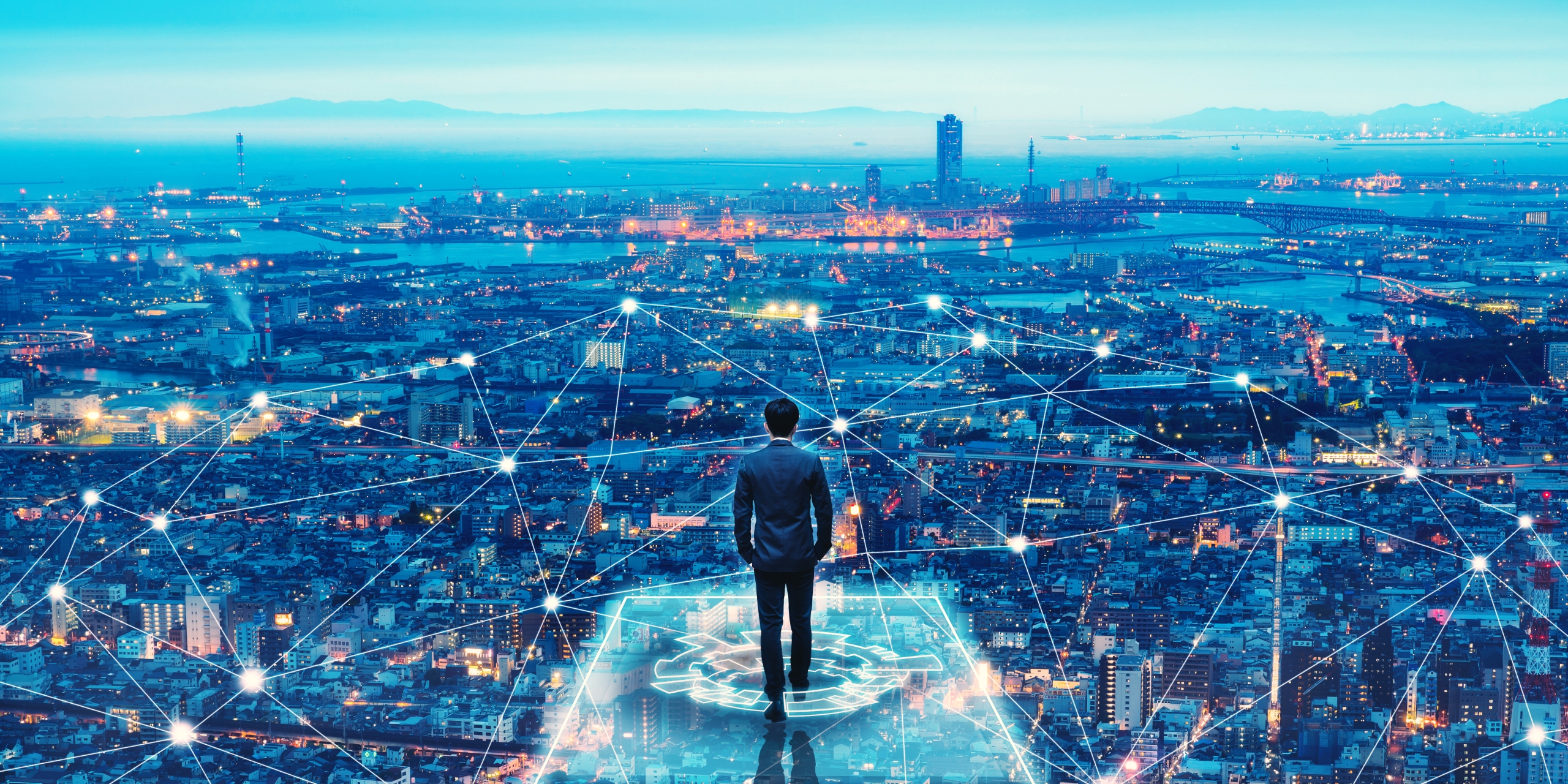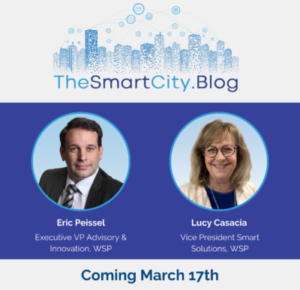Smart Cities: The Ultimate Guide to Future Living


- October 24th 2022
- Grant Furlane, Locomobi World
As temperatures rise worldwide and many of our institutions become obsolete, the rise of innovation in housing is inevitable. The restrictions brought about by Covid accelerated combining innovation and technology. There is a shift underway to transform our living conditions. It may come as a shock to learn that the smart cities of the future are already here.
The idea of the Smart City is a blueprint for the future of city construction. Worldwide, analytics are being used to develop infrastructure that will make communities happier, and healthier, and live in energy-efficient smart homes. People are planning for cities that are greener and more attractive.
Originally, high-tech planning was state-based, but now business companies have become involved in creating pleasing environments based on budget. Whole regions are using analytics to revolutionize the urban smart home.
Certainly, in some Canadian cities, cutting-edge technology is changing the way people live. “if you can imagine it you can do it” is the mantra for the can-do entrepreneurs changing the cityscape. Vancouver is 100% committed to smart housing, and Toronto is 25% at this time. The intelligent city trend is here.
All systems in one app will control everything from allowing cars to enter by scanning license plates to temperature control in your apartment. The innovators are moving the construction industry towards this new approach to providing people with the tools to live interconnected lives. Every social issue can be solved with infrastructure according to this model.
The idea is to have mini localized networks within a building of smart homes all controlled by the Smart 1 app. There will be parking for alternative vehicles with charging stations. Gas-fueled cars are predicted to be phased out within two decades. There will be multi-family developments, all-electric controlled and interconnected. This is the future of smart cities.
The smart cities will use video analytics within and outside buildings to track movement patterns both human and vehicular. Parking spaces will be designed with urban planning in mind to give ease of access to entranceways and homes. Face recognition will permit entry.
One important topic is charging stations for electric vehicles. Where will they be located and where will the energy come from to service so many vehicles in a smart city? 80% of trips are made within a small distance of home, say ten kilometres..
That means there will always be superfluous energy in these batteries which can be shared when they return to their home base at a smart building. Scooters and e-bikes are on track to be preferred for transportation around the smart city and are already in use. Big gas-powered vehicles will be kept in reserve for long trips.
As of now, there are no regulations on how e-transport will be managed, however, in the future, there will be city mandates on designated traffic routes and charging station locations.
It will be the job of the developers to design infrastructure solutions to accommodate reduced parking and streamline lower-cost security. Again, the mantra is “anything can be done that can be imagined” Modern tech can solve the problems of energy and security by putting the right network in the building.
Security will be assured by having credentials read to access the building. There will be huge potential for sharing energy due to electric vehicle battery usage. When there are so many batteries, energy can be shared across the building. All it will take is the appropriate infrastructure.
“No more dumb buildings,” said the innovative developers. Legacy wiring is the term for wiring smart buildings to create networks in the buildings that can facilitate every requirement in one easy app. When everything is automated, it will lead to a more comfortable lifestyle.
Developers are asking what will make people happy in their living spaces. The happiness quotient is now a part of the development strategy. The answer seems to be, security, the convenience of parking, and ease of commuting. All these are now factored into developmental planning.
All this takes some getting used to. People are wired to resist change at first but what seemed unbelievable ten years ago is normalized by today. And if people’s happiness is being factored into smart planning and automation is making life easier what is not like?
It took lots of work to evolve the smart city concept. Now it is being embraced and accepted as a better living standard. Credit should be given to the pioneer innovators, but people ask why they would take such risks in the first place. The answer is idealism laced with good old capitalism.
The challenge of proving that new ideas could work and change the world for the better combined with the promise of financial reward produced a game changer. They made a difference, and they made money doing it. People knew they could make a difference with the smart city concept so why not do it?
Recent posts















